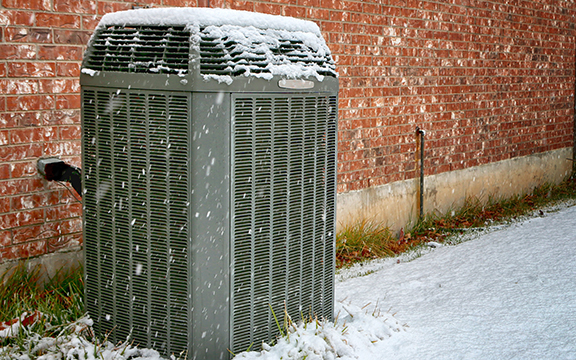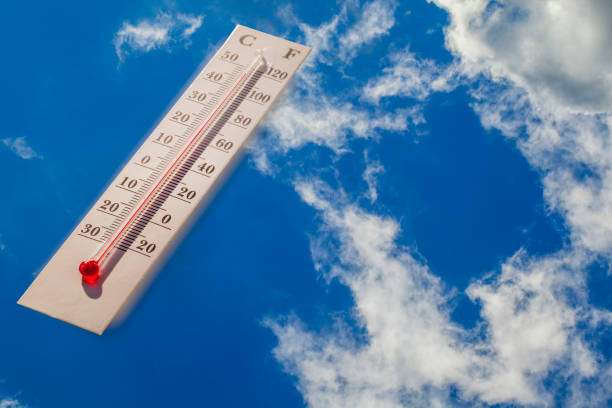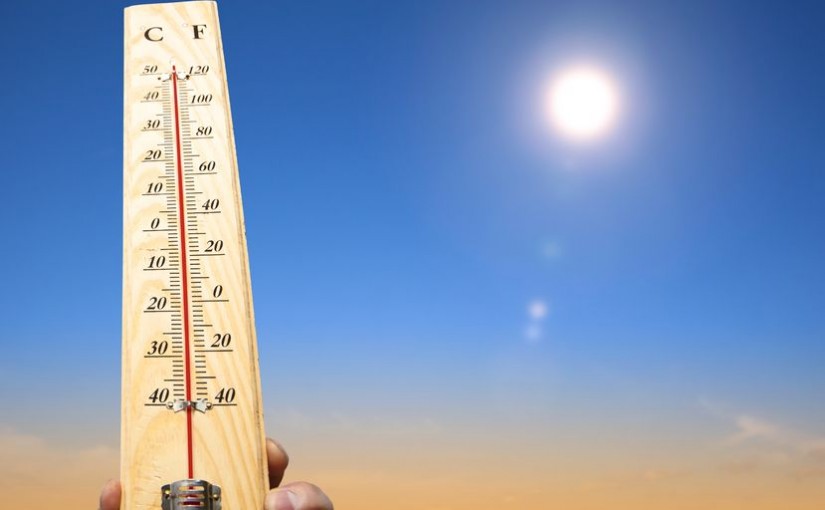Part of good HVAC maintenance is seasonal tune-ups. A preventative maintenance strategy will include; assessing, cleaning, and adjusting your cooling system to ensure it is optimized to perform its best in the coming months. Usage changes throughout the year. When you switch to heat after a long summer of cooling, you will want to call a professional to look at your air conditioning.
After relying on air conditioning to stay cool, some damage or maintenance issues may need to be addressed. Professionals in AC repair can quickly detect any problems with your cooling unit that could impact your heater in the winter and issues that could arise when temperatures start to rise again.
Winter AC Maintenance
When you get your AC maintenance done in the winter, you will also enjoy reduced service costs. Typically, costs rise when there is a greater demand for AC repair throughout late spring through summer. In addition, as fall breaks and the weather begins to cool, most people have already switched to heating, so there is a more significant time for professionals to attend to any air conditioning needs.
You can also catch potential hazards with your cooling system that could result in an AC replacement without treatment. Pushing your system to perform when it requires repair only worsens the strain on your system; this can cause a total breakdown when you need it most. Of course, no one wants that to happen, and we always encourage our clients to address potential problems before they actually cause any discomfort or distress.
You will also find that servicing your cooling system in the winter can improve its performance in the long run. For example, seasonal maintenance includes cleaning or replacing dirty air filters, restoring or replacing parts that have worn out, and checking your thermostat to ensure it’s communicating correctly with your system. This optimization ultimately leads to better overall performance, which will reduce energy use and help you stay extra comfortable while saving money throughout winter.
Ensuring the Best Deal Possible
Are you considering making significant changes to your air conditioning system this year? Winter is the best time to schedule AC replacement. You will likely get a better deal on installation costs, and manufacturers sometimes offer discounts and reduced prices during the colder months. Also, rather than having to wait for an installation in the middle of summer, you can have your AC installation performed by Air Handlers when you don’t need a cooling system to stay comfortable on a day-to-day basis. Then, once summer is in full swing, your new system will be fully optimized and ready to cool your home.
Schedule An Appointment Today
Contact Air Handlers to schedule your next maintenance appointment, including air filter and replacement, duct cleaning, and diagnostic care. Suppose you are thinking about upgrading or replacing your old air conditioner. In that case, we can also help you decide which model would be best and suggest several suggestions that suit your budget, home size, and preferences.







